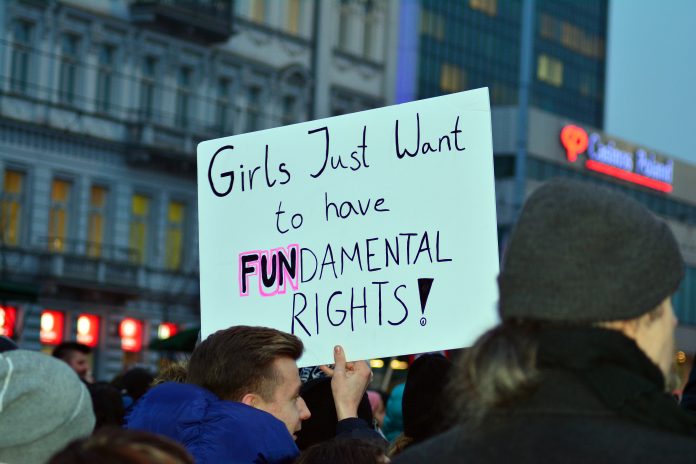The World Health Organisation (WHO) explains changes are necessary to protect women and girls from the health consequences of unsafe abortions
Preventing women and girls from accessing an abortion does not mean they stop needing one.
According to Amnesty International, attempts to ban or restrict abortions do nothing to reduce the number of abortions, it only forces people to seek out unsafe abortions.
According to the WHO, 25 million unsafe abortions take place each year. The vast majority of them in the Global South, where information is lacking on how health care providers can provide quality care for those with abortion related complications.
The WHO and HRP multi-country survey on abortion (MCS-A) was designed to gather evidence on the ability, experience and quality of care provided across 17 countries in the African, Latin American and Caribbean regions.
“Quality, respectful post-abortion care” still far away
Improving understanding on what works in relation to the clinical management and care of girls and women who face abortion-related complications, is crucial for ensuring their health and well-being.
This research gives a new insight into clinical provision of care, as well as the quality of care that is experienced by women in the Sub-Saharan African region.
Özge Tunçalp, Medical Officer at WHO and HRP commented: “This supplement shows how far we still have to go in ensuring quality, respectful post-abortion care for all; it also proves how much we can learn when we commit to working together. Across 11 countries, knowledge has been gained and research capacity has been strengthened.
“A stronger research community is better able to listen, ask and answer questions, working together for a future where every woman and girl achieves the highest standard of sexual and reproductive health and rights.”
Potentially life-threatening complications?
Data on over 23,000 women attending health facilities with abortion-related complications was collected through the WHO and HRP multi-country study on abortion.
While most of these women had mild or moderate abortion-related complications, there were still many who had severe or potentially life-threatening complications, particularly in sub-Saharan Africa.
The World Health Organisation notes a comprehensive approach to abortion and post-abortion care, includes clinical-care, self-care, task-sharing for the provision of care, as well as a supportive health system within an enabling legal environment. These steps are crucial in ensuring high quality abortion care – which also incorporates access to affordable and acceptable contraception options – key for safeguarding human rights to health and to bodily autonomy.
The supplement shows there is an extreme need for countries to move quickly to ensure healthcare providers and systems can give the quality of care that is both needed and deserved for girls and women.
Researchers list several changes that require implementation:
- Increasing access to high-quality abortion services at all levels of healthcare.
- Ensuring approaches to improve quality of post-abortion care are based on evidence – to conduct clinical audits such as near-miss case reviews to better understand the reasons behind health complications or negative outcomes.
- Identifying and using interventions which go beyond the health system – including addressing harmful beliefs held by healthcare providers.
- Recognising and addressing constraints of health systems; and ensuring girls and women are empowered.
Under international human rights law, everyone has a right to life, a right to health, and a right to be free from violence, discrimination, and torture or cruel, inhuman and degrading treatment.
Access to safe abortion services is a human right, and these reports show that more needs to be done to protect women around the globe from the risks involved from unsafe abortions.
‘Quality of care for abortion-related complications: Insights from the WHO Multi-Country Survey on Abortion across 11 African countries’ has an extensive amount of information including a number of research articles and studies.











